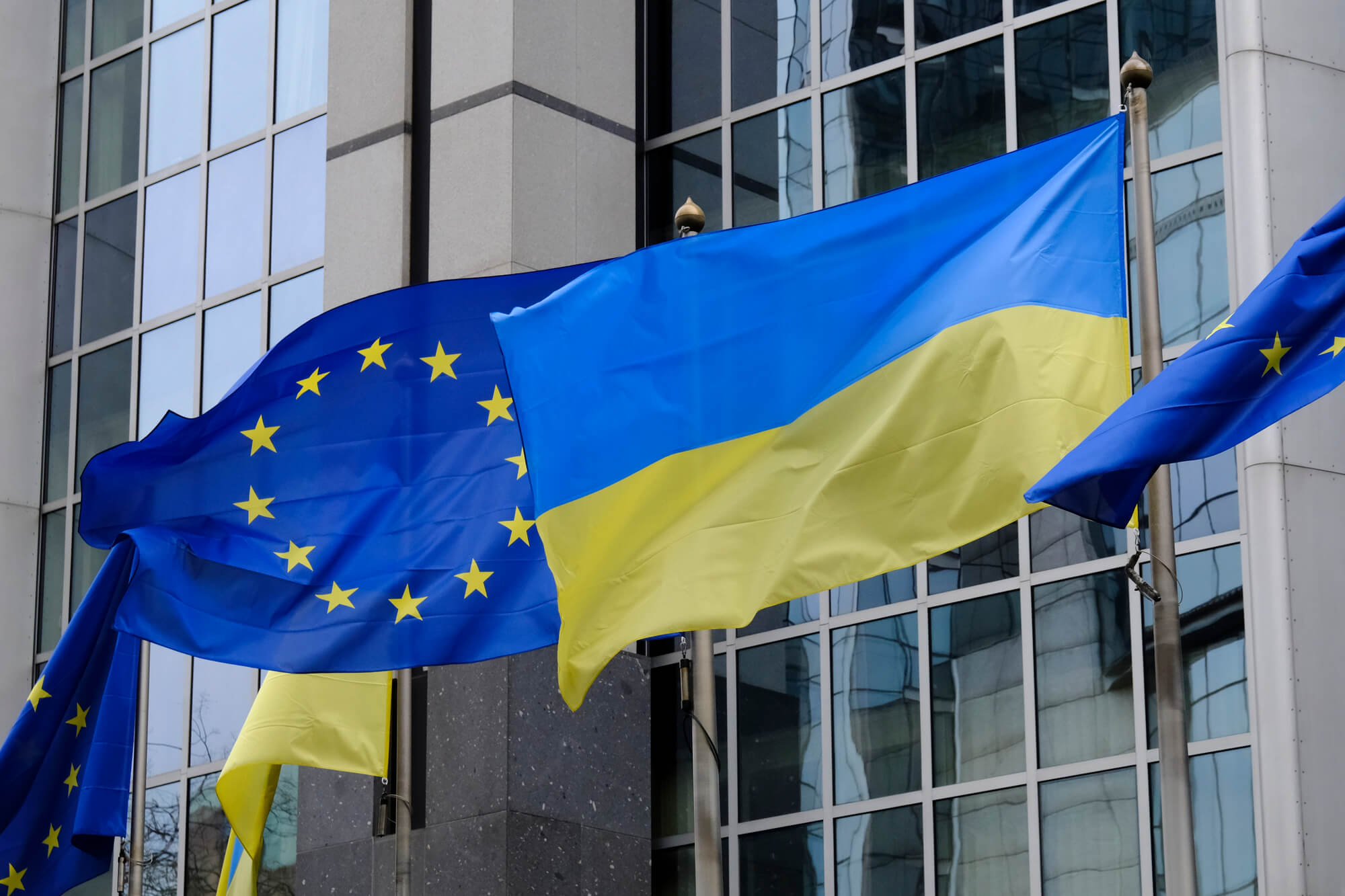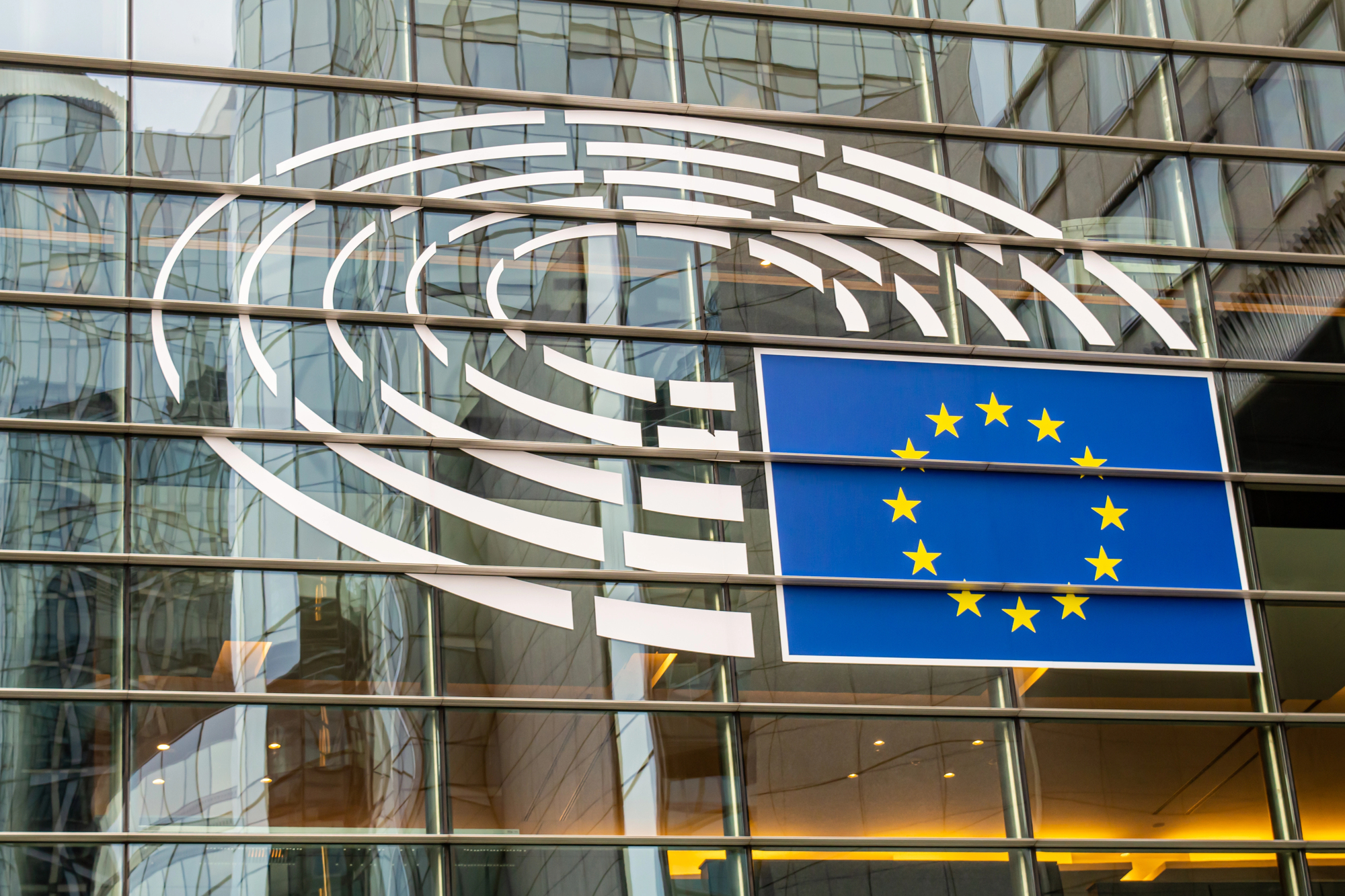Today many governments pursue export-promotion policies in order to support economic growth in their countries. Ukraine is no exception. However, supporting certain industries or firms is an inferior policy due to the risk of mistake and corruption risks. To the contrast, universal policies such as harmonization of standards, providing education and training, supporting macroeconomic and financial stability bear no such risks and benefit all exporters.
Another powerful export-promotion tool is signing free-trade agreements. Since this is costly, the government should concentrate its negotiation effort on the most promising markets. Our research suggests that these markets are US, Ireland, Japan, Germany, Switzerland, Sweden, the UK, Qatar, China, and Mexico.
Export-led growth is an attractive proposition for developing and emerging economies. It allows to expand market for local producers and create jobs for the population. As a result, governments like to encourage exports and promote local companies abroad. If they use best practices, governments can play an important role in supporting local companies.
The international trade theory provides further insights into what can be done and what cannot be done in terms of industrial policy and sound trade policy.
How and what countries trade
In 1817 English economist David Ricardo formulated a theory of comparative advantage. Each country specializes in export of goods for which it has a comparative advantage – it produces these goods more efficiently compared to the other goods. Each country has at least one product for which it is relatively more efficient, so each country has something to offer to the global economy. In the 20th century Swedish economists Heckscher and Olin took a step back and said that countries export goods for production of which they have more abundant resources. For instance, high-tech machinery production requires more capital and skilled workers, so high-tech machinery is exported by countries that are relatively more abundant in physical and human capital. Modern world moved on in two important ways. First, countries produce and export similar goods because consumers value diversity and are willing to experience new products (e.g. Japanese cars are sold in Germany while German cars are cold in Japan). Second, multinational companies operate in many countries and form long supply chains to economize on costs of production and transportation. These two factors make global division of labor and trade patterns more complex and intertwined. Still, the comparative advantage and factor abundance remain important factors that explain global trade patterns even today.
Can country specialization change?
With development of new technologies such as steam engine, penicillin or computer and changes in factors – population growth, higher education, and capital accumulation – countries gradually change their comparative advantages and relative abundance of factors of production. As a result, trade patterns change as well, but those changes can take decades of continuous impact of economic, political and demographic forces.
Those changes are hard to plan because the future is highly uncertain and scientific discoveries come unexpectedly. Deliberate government policies to modify industrial structure of an economy and patterns of trade are more difficult, even impossible if they go against the existing trends. Thus, in the 60’s, UK has created the Ministry of Technology (MinTech) to modernise and further develop its aircraft, computer, and nuclear energy industries. The results were rather mixed, because after the initial boost in production the UK did not have a large enough market to generate demand for those sectors, as the US had. Disintegration of the British Empire substantially reduced market access for the UK companies and made it very hard to compete with the US firms. Therefore, the program quickly became unsustainable and was shut down in the beginning of the 70’s.
Industrial policy defined as the promotion of new infant industries or protection of local traditional activities from competition by products from more advanced countries can be justified if there are known market failures or unfair competition from foreign governments. Even in those cases, there are two strong arguments against the industrial policy:
- Information problem – government usually is not in the best position to identify correct industries, products and firms to support, since it requires deep knowledge of the markets and technological processes.
- Corruption and rent-seeking – in selecting winners, government may be influenced by bribes and lobbying, which generate big distortions and lead to market inefficiencies.
Dani Rodrik, professor at Harvard University and leading world expert in the industrial policy, has recently formulated a new approach to the industrial policy — the one which does not require to pick winners. Instead, the government should work with business groups, industrial lobbies, and non-government organizations by actively engaging in discussions and collecting feedback, creating public-private ventures and re-evaluating policies at high frequency. This process is based on trial and error, where failure is as informative as success, and policies are subject to constant revisions, focusing on the identification of constraints and opportunities. In his opinion, the new industrial policy should replace the old practices of creating top-down list of industries that require the government support.
Therefore, we argue that it is not the role of a government to determine which product should be exported. Picking a winner is both difficult and counter-productive. Instead, it is much better to create an environment where all types of companies in all sorts of industries are able to export to different markets and can experiment with exporting different products — the markets will reward good products and punish bad ones without any government involvement.
The government should have a well-functioning financial and macroeconomic environment with good access to cheap credit, stable exchange rate, and low inflation. In modern economy with global supply chains some tasks generate higher value added than others. These include research and development, branding and marketing, and distribution, while manufacturing retains only a small part of the value added. For example, according to the European Commission, “farmers’ added value in the food chain was at around 21% in 2011, versus a value added of around 28% for the food industry and of 51% for food retail and food services taken together”. Jobs in the services sectors require high-skill, educated labor force. Therefore, the government may promote creating high value added jobs by investing in education and professional training.
In addition, to facilitate the entry of Ukrainian firms into global value chains where they can upgrade and learn, the government has to focus on improvement of the relevant infrastructure and removing other internal bottlenecks. As the global value chains are becoming increasingly standard-intensive, the government can promote standard compliance by reducing the cost of certification, providing informational and financial resources for capacity upgrading of Ukrainian firms.
In terms of trade policy, it is important to provide local producers with good market access by harmonizing standards with foreign countries to reduce tariff and non-tariff barriers to trade, lower trade policy uncertainty, and provide informational and legal support for local companies that would like to start exporting.
Negotiating free trade agreements (FTAs) is also a valuable tool, however, it should be done strategically given the financial and time constraints it might incur on developing countries’ governments. Therefore, it is advisable to conduct impact assessment of potential FTAs with partner-countries, which could involve calculating the potential growth of export volumes and subsequent welfare effects prior to engaging in respective negotiations. For instance, the Export Strategy of Ukraine for 2017-2021 identifies 48 such ‘markets in focus’. As to better channel the limited resources, the Foreign Trade Research Center Trade+ at the Kyiv School of Economics updated and narrowed down the list of key markets. According to the research, TOP-10 most promising markets for Ukrainian exports are the US, Ireland, Japan, Germany, Switzerland, Sweden, the UK, Qatar, China and Mexico.
While Ukraine has already concluded FTAs with some of these countries (DCFTA with the EU, EFTA), strategically negotiating new agreements with the rest and employing other abovementioned trade policy related activities are beneficial for all domestic firms and all local products, making it more efficient than selecting specific industries and producers to support.
The article was prepared with the support of the Foreign trade research center Trade+. The Center was established at the Kyiv School of Economics in the framework of the project “Promotion of a Supportive Framework for Trade in Ukraine”, that is implemented by the Deutsche Gesellschaft für Internationale Zusammenarbeit (GIZ) GmbH on behalf of the German Government.
Reference
Foreign Trade Research Center, Trade+ at the Kyiv School of Economics. Prospective Directions of Ukrainian Exports: Markets and Goods, 2019. Draft research paper available upon request.
Attention
The authors do not work for, consult to, own shares in or receive funding from any company or organization that would benefit from this article, and have no relevant affiliations



